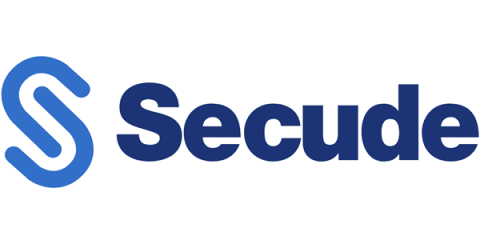The Role of Zero Trust Architecture in Enhancing SSO Security
Securing virtual identities and entry points has become a critical priority as cyber threats grow more sophisticated. A Single Sign-On (SSO) system offers ease and allows multi-functionality with a single set of identity verification, but they are enticing targets for cyber attackers. Organizations need Zero Trust Architecture to alleviate this risk. Zero Trust Architecture (ZTA) is a protection framework that is designed on the principle of never trust and always verify.











